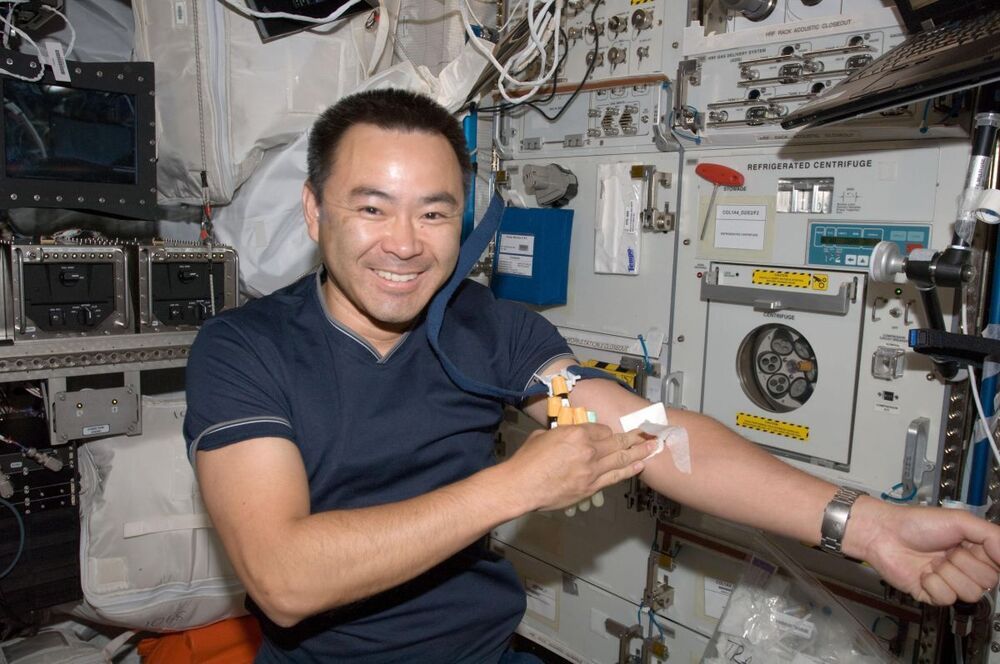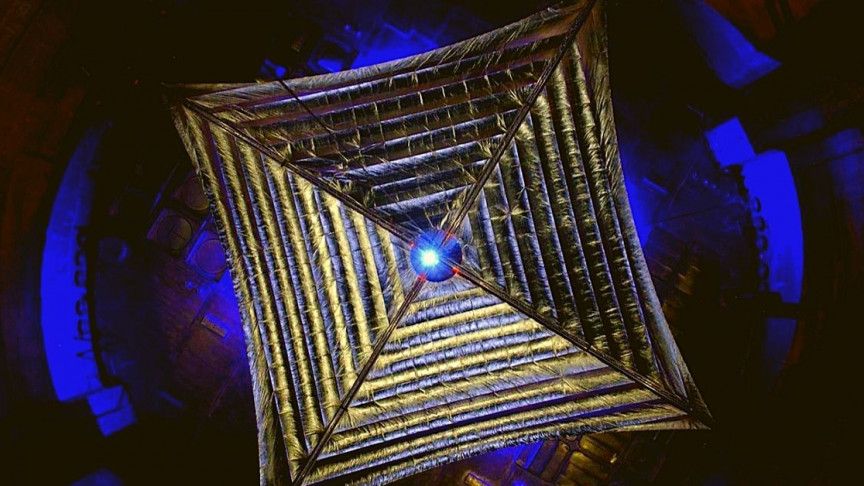A collection of 29 papers, 19 of which were published Nov. 25, has advanced our knowledge of how spaceflight affects the human body farther than ever before.




Hey it’s Han from WrySci HX with Part 2 of a four part series on sleep and brain computer interfaces such as Neuralink. We’ll look at what we know about sleep and how BCIs might be able to help us in the future, 2021 and beyond. This isn’t a topic I’ve seen much about so I decided to see what was up. This second part is on sleep regulation (aka how we fall asleep, and hopefully how we can fall asleep more easily in the future) and sleeping with only certain parts of the brain, while the next ones will cover sleep and dream theories. More below ↓↓↓
Watch Part 1 here! https://youtu.be/EmtlanXdGf4
Subscribe! =]
Please consider supporting 🙏
Patreon: https://www.patreon.com/wrysci_hx.
OnlyFans: https://onlyfans.com/han_xavier.

If we’re going to get better at powering the planet with renewable energy, we need to get better at finding ways of efficiently storing that energy until it’s needed – and scientists have identified a particular material that could give us exactly that.
The material is known as a metal-organic framework (MOF), in which carbon-based molecules form structures by linking metal ions. Crucially, MOFs are porous, so they can form composite materials with other small molecules.
That’s what the team did here, adding molecules of the light-absorbing compound azobenzene. The finished composite material was able to store energy from ultraviolet light for at least four months at room temperature before releasing it again – a big improvement over the days or weeks that most light-responsive materials can manage.




A new ‘superhighway’ network running through the Solar System has been discovered by astronomers, and it could speed up space travel in the future.
Researchers from the University of California San Diego looked at the orbits of millions of bodies in our Solar System and computed how they fit together and interact.
The highways allow objects to move through space much faster than previously thought possible – for example, travelling between Jupiter and Neptune in under a decade.